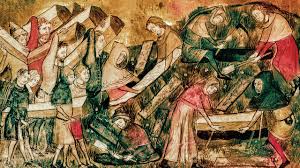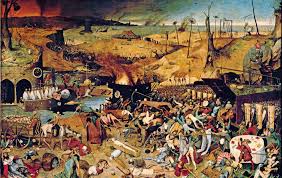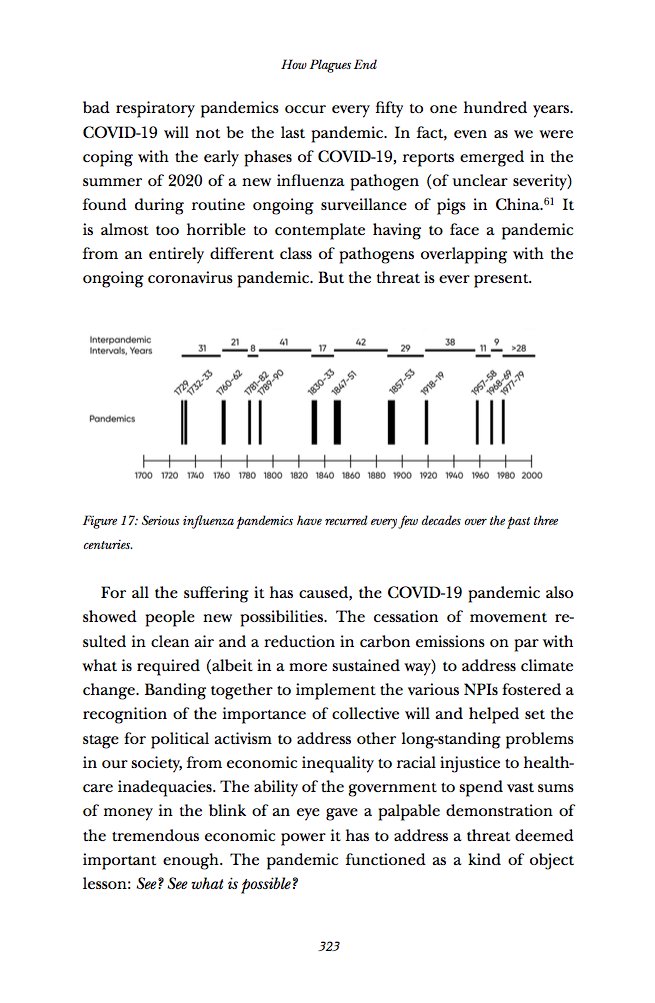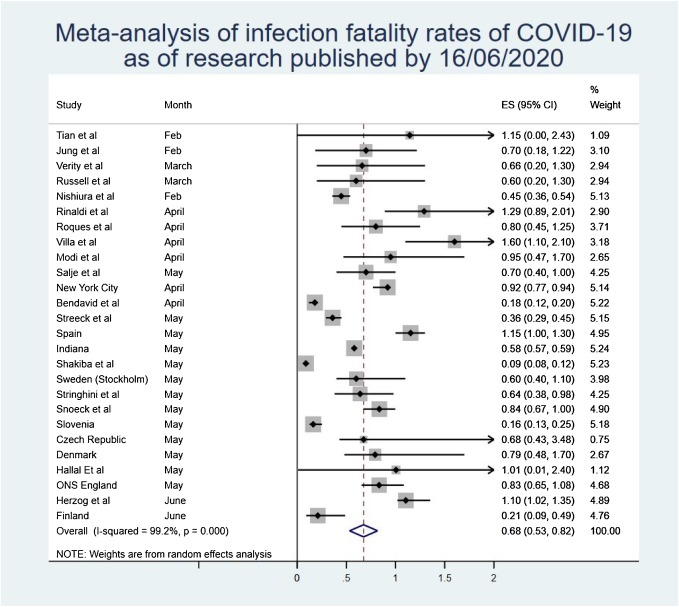
Lies (and superstitions and conspiracy theories) are such an inexorable feature of plagues (for thousands of years, as I show in APOLLO'S ARROW) that one might even say that they are a part of what it means to be a plague. #ApollosArrowChat 1/
https://twitter.com/oceans2000/status/1322248446271782918
Just as pathogens spread from person to person during deadly epidemics like COVID19, lies follow right behind.
Lies are a squire to plague, one of the four horseman of the apocalypse. 2/
Lies are a squire to plague, one of the four horseman of the apocalypse. 2/
In Chapter 4 of APOLLO'S ARROW, "Grief, Fear, and Lies," I explain why this is so. One reason is that it is more consoling to us poor victims of a deadly contagion to imagine certain (false) explanations for our predicament than other (true) ones. 3/
And why @BillGates, who I admire, gets dragged into all these conspiracies, I have no idea! ;-) 4/
• • •
Missing some Tweet in this thread? You can try to
force a refresh








